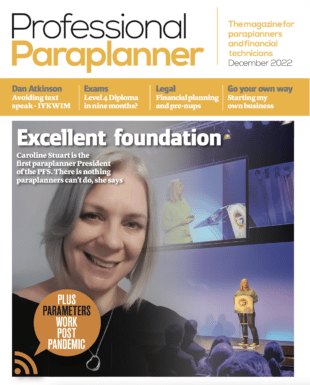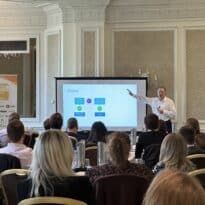The pensions gender gap is set to rise, with fewer women contributing to their occupational defined contribution pension than men, new analysis from Broadstone has revealed.
The findings from its Wealth & Assets survey showed that across all age groups, 23% of men aged 16 and above are actively contributing to their occupational DC pension and have a median DC pension pot worth £10,000.
In contrast, women over the age of 16 have half the median occupational DC pot size of just £5,000, with a smaller proportion (19%) actively contributing to their scheme.
The financial services consultancy said the trend is particularly pronounced for workers in the middle of their career. Only a quarter (25%) of women aged 35-44 contribute to their workplace DC pension, compared to 33% of men. At this age, men have a median DC pot size of £12,000, almost double that of women who have £6,700. Among those aged 45-54, just 25% of women contribute to their DC pensions compared to 32% of men. Consequently, women have a median pension wealth of £7,400, less than half the £15,000 saved by men.
The gap continues to widen as employees approach the end of their career. By age 55-64, the proportion of men (21%) and women (18%) contributing to their DC pot is relatively similar. However, men have more than three times the median pot (£24,000) as women in this age group (£6,800).
Career breaks for childcare are likely to be a key driver behind this pattern. Women are more likely to take time off or work part-time where hourly pay is often lower, than their male counterparts. The Pensions Policy Institute estimates that these working patterns cut women’s pension wealth by 47%, with the biggest impact occurring in their 30s.
Rachel Coles, workplace engagement consultant at Broadstone, said: “Our analysis highlights a stark gender difference in participation to active occupational DC pensions between men and women, driving a widening gap in total savings.
“The findings reflect a well-documented trend of women, on average, entering retirement with less wealth with factors such as childbirth and menopause forcing many out of the labour market or into part-time work and inhibiting future career progression.”
Coles said employers can play an important role by offering greater flexibility around pension contributions during career breaks and called upon policymakers to explore solutions such as enhanced parental leave policies and better support for returners to the workforce.
“It’s also vital that women have access to tailored financial advice and planning tools to navigate career gaps and understand the importance of early saving in improving retirement outcomes. Employers can support this by offering financial education that helps female employees plan for any career breaks and take proactive steps to close any savings gaps,” she added.
Main image: richard-horvath-_nWaeTF6qo0-unsplash































